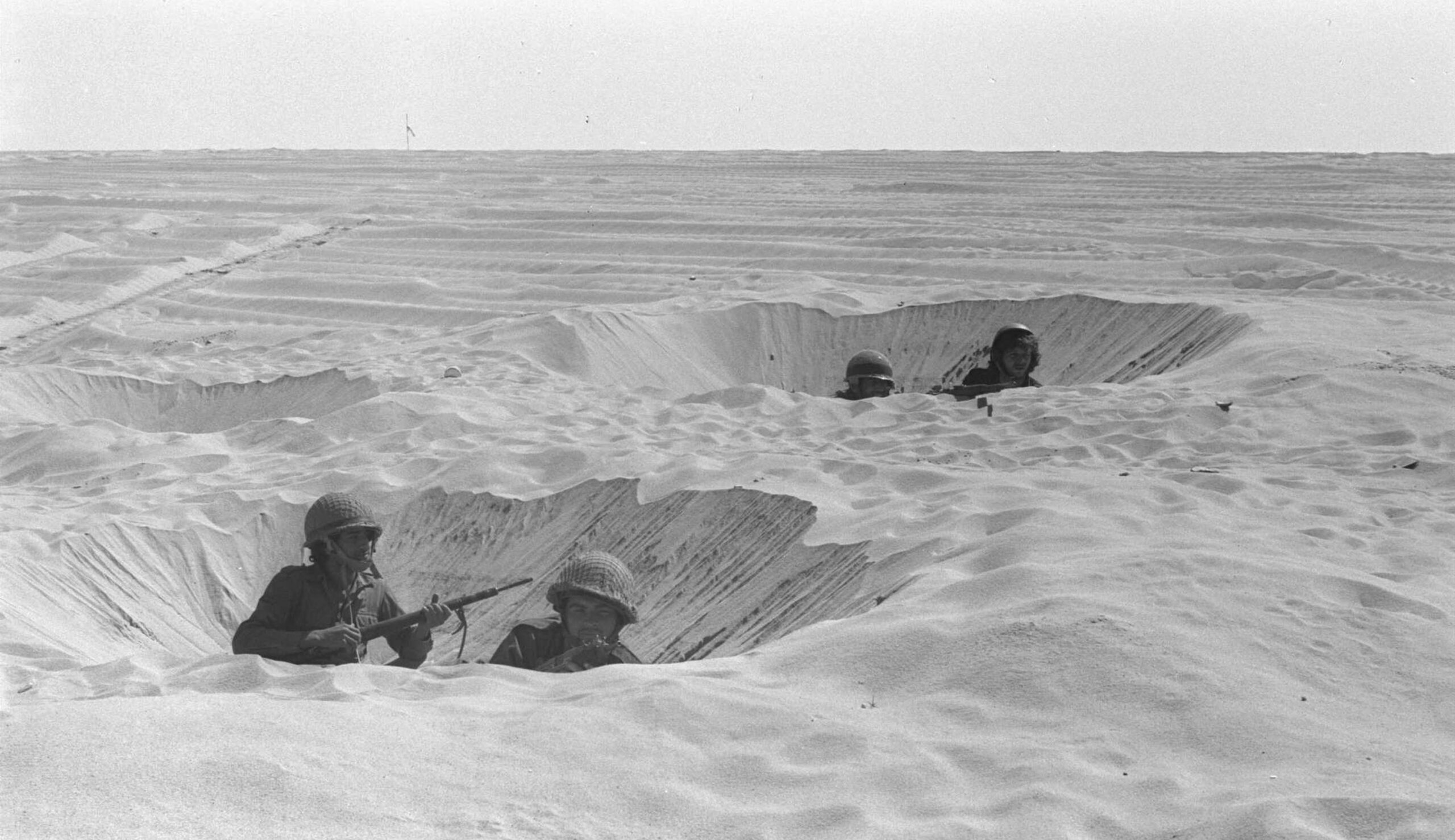The Hebrew Bible and the Talmud make frequent mention of the date palm, and both works list its fruit among the agricultural products that distinguish the Land of Israel. After fifteen years of effort, a team of Israeli scientists have used 2,000-year-old seeds to recreate the dates of the Bible. Isabel Kershner writes:
A Roman coin minted around 70 CE to celebrate the conquest of Judea depicted the Jewish defeat as a woman weeping under a date palm. But by the Middle Ages, the famed Judean plantations had died out. Wars and upheaval likely made their cultivation impractical, as did their need for copious amounts of water in summer. . . .
Elaine Solowey, [an agricultural scientist], planted the seeds in quarantined pots in January 2005, not expecting much, but nevertheless employing a few “horticultural tricks” to try to coax them out of their long slumber, involving warming, careful hydration, a plant hormone, and enzymatic fertilizer.
This endeavor produced a tree named Methuselah, which turned out to be male. But growing dates requires trees of both sexes:
[Soloway’s collaborator, Sarah] Sallon went searching again and chose more than 30 seeds from another stash from archaeological sites in the Judean desert, including Qumran, where the Dead Sea Scrolls were found. Planted at Kibbutz Keturah between 2011 and 2014, six of the seeds sprouted. They were given the names of biblical figures when they germinated, but as their sexes became clear over time, Judah became Judith, Eve became Adam, and Jeremiah became Hannah.
Hannah’s seed, which came from an ancient burial cave in Wadi el-Makkukh near Jericho, . . . was carbon dated to between the 1st and 4th centuries BCE, becoming one of the oldest known seeds ever to have been germinated.
The match between Hannah and Methuselah produced dates that, reportedly, were delicious.
More about: Ancient Israel, Hebrew Bible, Israeli agriculture, Land of Israel, Talmud


